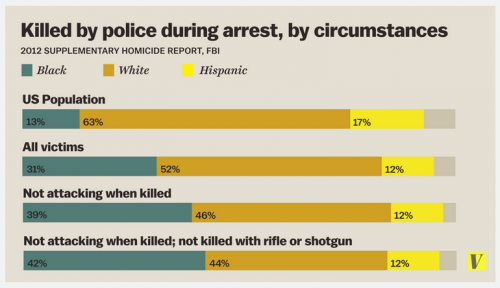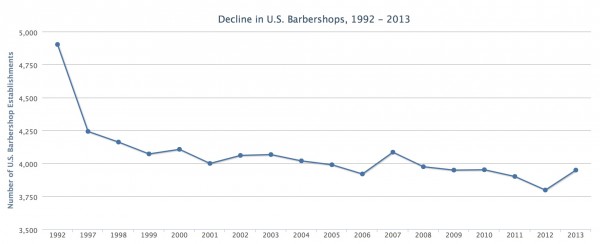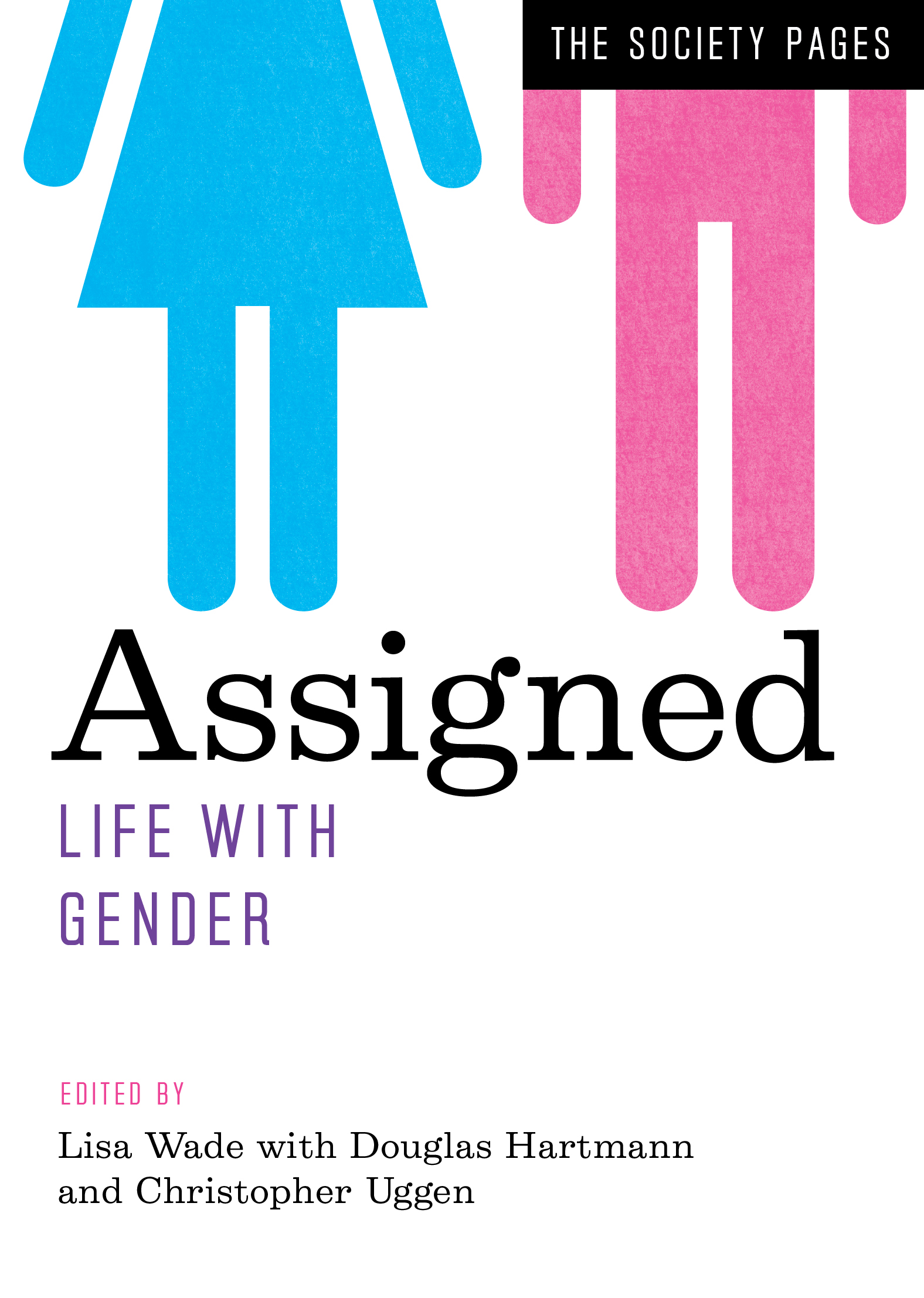In a recent poll of registered voters by Pew Research Center, 30% of women, 26% of people of Hispanic descent, and 2% of black people say they’re planning to vote for Donald Trump. In fact, polls consistently find that women and racial minorities favor Hillary Clinton. So, what do we make of the statistics-defying members of those groups who support Trump?

For many, this fact is source of cognitive dissonance, that uncomfortable feeling of knowingly holding irreconcilable beliefs. How could women, racial minorities, and especially minorities who are women, support a man who so persistently insults and attacks them? The discomfort of dissonance has led some to look for answers, with a few coming to the conclusion that supporting Trump is equivalent to betrayal — an identity-voiding decision (“You’re not true Mexican“) — and that women and racial minorities who support Trump are “hypocritical” and “ought to be ashamed.”
This sense of cognitive dissonance though, the idea that it’s “strange” for women or racial minorities to support Trump, is based on identity politics. Such politics has its strengths, but it also risks reducing complex social beings into one-dimensional labels, with the assumption that the label is the most important thing about them. In this case, critics of women and racial minorities for Trump find their support of him to be more incomprehensible than that of others, based on identity alone. Thus, the individual blurs into a monolithic group, where each person is expected to be politically identical to the whole, thereby setting up the case for Trump support to be framed as a betrayal.
In fact, people are complex. They carry many intersecting identities at once, sometimes ones with conflicting politics attached, as well as a suite of other personal characteristics and structural situations. People make political choices that seem to contradict some of their identities not because they’re hypocrites, but because most people are themselves a whole host of contradictions. Reality is never so clear cut and finite as a singular label, nor are humans so easily generalized.
Given these realities, the poll numbers with which I began this post makes some sense. Trump has insulted and degraded women and minorities, and he has made policy promises that threaten them, too. Based on these facts, it should be no surprise that he is losing large swaths of those groups to Clinton. But given the complexity of identity, it should also be no surprise that he isn’t losing all of them. People are complicated, and politics is as well.
Paige Miller is a graduate student at the University of New Orleans working on her MA in Sociology. Her research interests include social psychology, new media, gender, and inequalities. You can find her on Twitter and Instagram.









